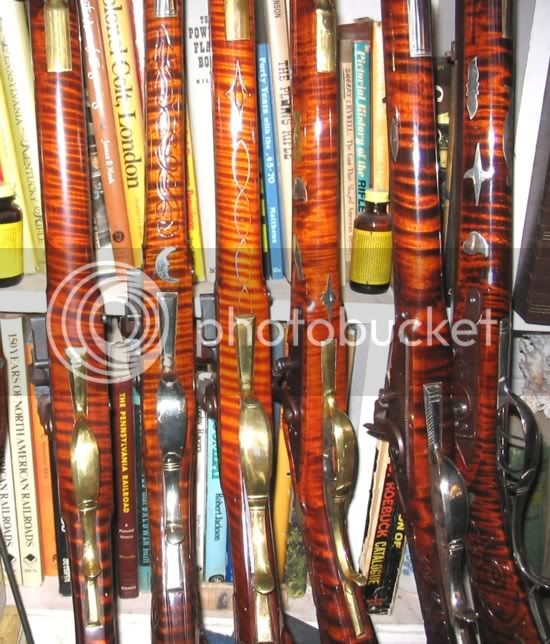Micah Clark
45 Cal.
- Joined
- Dec 9, 2010
- Messages
- 623
- Reaction score
- 3
Zonie,
That's very interesting. I may try that. The link was very helpful. I've printed it out. Sounds like this lye process then the LMF lancaster maple stain would really be pretty and enhance the curl I have which is in about 30% of my stock.
THANKS !!!
Do you happen to have any pics of ML stocks with this treatment?
That's very interesting. I may try that. The link was very helpful. I've printed it out. Sounds like this lye process then the LMF lancaster maple stain would really be pretty and enhance the curl I have which is in about 30% of my stock.
THANKS !!!
Do you happen to have any pics of ML stocks with this treatment?






